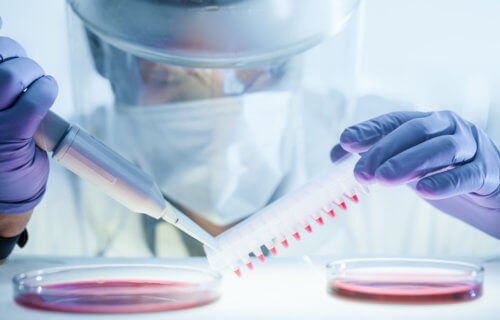QUEBEC CITY, Quebec — Antibiotic-resistant bacteria can make already difficult illnesses even harder to treat. They can also cause a host of different conditions, from sexually transmitted disease to life-threatening infections. While developing these new medications can sometimes cost a fortune, a team in Canada has discovered an inexpensive molecule they say can fight off bacteria causing gonorrhea and meningococcal meningitis.
Researchers from the Institut national de la recherche scientifique (INRS) these two infections affect millions of people around the globe each year. Specifically, some strains of the bacteria Neisseria gonorrhoeae have developed resistance to every effective type of antibiotic. This particular germ is responsible for gonorrhea, which infected over 580,000 people in the U.S. in 2018.
Neisseria meningitidis, which has also developed its own resistant strains, causes bacterial meningitis. Patients with this condition develop inflammation in the brain and spinal cord, symptoms which can be fatal.
The study finds that Neisseria that causes meningitis and gonorrhea can acquire genes from other bacteria; something similar germs are unable to do. They also have a low-quality DNA repair system which causes mutations and creates more antibiotic resistance. The Canadian team showed how a simple molecule, sodium tetraphenylborate, could effectively combat Neisseria in bacterial cultures.
“We noticed that the molecule only affects pathogenic Neisseria. It does not affect other types of Neisseria that are found in the upper respiratory system and can be beneficial,” says Professor Frédéric Veyrier in a university release.
“We were able to isolate strains of bacteria that were less sensitive to the treatment, but this resistance was a double-edged sword because these mutants completely lost their virulence.”
A medical mystery
Right now, researchers aren’t sure why this particular chemical compound reacts with these two versions of Neisseria. They suspect there’s a connection between sodium tetraphenylborate and the membrane of these pathogens.
The team adds this molecule’s specific ability to attack the bacteria gives researchers a chance to find out why some strains become more harmful than others. Study authors plan to modify the structure of the molecule, making it more efficient at attacking Neisseria.
The study appears in the journal Antimicrobial Agents and Chemotherapy.
